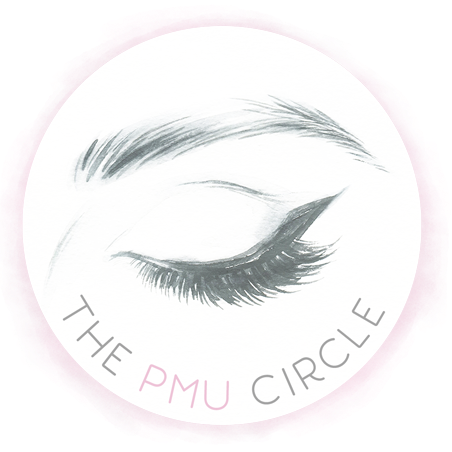
If you are looking into Permanent Makeup for the first time or have previously had a not-so-great experience with semi-permanent makeup, then you may be either very excited or be very nervous!
To help you to find a technician in your area with the right experience, qualifications, license, equipment etc, here are 5 key tips to get you started.
The main thing to remember is this treatment is Permanent. The pigment does fade over time but can stay in the skin for many years. This is not just a treatment you can change next month.
Please do not be in the position of needing corrective work. About 40% of my work is correcting other technicians colour or shape of makeup, which can be a very lengthy and expensive process.
1. Do the checks
To minimise the risk of becoming stressed and upset with your permanent makeup, you should ensure your technician is:
- fully trained with a reputable company
- fully insured with public liability, product liability and treatment liability
- fully licensed with the local council
They must be personally licensed and have a premises license too. If the technician offers a ‘mobile’ service, then you will need to do a lot more research and find out if they work from a licensed mobile vehicle or if each and every Salon they work from has its own premise license.
Do not accept any technician if they offer to come to your house. The clinical hygiene required is unattainable with carpets, pets and wood surfaces. If they offer to do permanent makeup at your home, then they would be in breach of licensing regulations and I would recommend you find someone else.
The technician must also have had regular Health and Safety Executive (HSE) inspections, particularly when they change their equipment, pigments, cleaning and sterilising materials and processes etc.
The technician should have excellent standards of hygiene and a strict process for sterilisation or ideally, be operating a fully disposable process, i.e., throwing away everything they use after each treatment. (With over 15 years of nursing experience, I choose to use medical grade sterile dressing packs for every single treatment.)
2. Experience
Do not always look for someone who has been providing permanent makeup for many years. Often a technician who has been practicing permanent cosmetics for a long time may be out of date with training, pigments and techniques. This is a fast moving and developing specialism and the techniques and pigments are being developed and improved all the time.
An out of date technician may not understand how the new pigments should be blended or neutralised for the most natural effects and they may be using out of date techniques and equipment.
Rather than ask how many years the technician has been doing permanent makeup, ask how many procedures they do a week to ensure they are practising and improving their skills regularly.
Equally, if you are nervous or apprehensive, or have particularly oily or dry skin, it may be better not to go with a newly trained technician as the majority of our learning is consolidated, developed and perfected in the first 3-4 years of practice. If you have existing pigment in the skin that needs neutralising or sensitive, dry or oily skin then you may be better going to a more experienced technician who knows how to minimise pigment blurring in oily skins, for example.
3. Portfolio
Ask to see a wide range of before and after photos and testimonials (like the ones you will find on this website). There should be a range of different styles, shapes and colours to suit each client rather than every set of brows or lips all looking the same. This way you will know you will get a personal, bespoke service.
Also ask to phone some of their clients for first hand feedback.
Your technician should be an artist with an eye for face shapes and bone structure, detail, symmetry and colour and should be able to blend colours to prevent them from turning orange, grey, blue or khaki as they fade.
4. Knowledge
They should have an excellent, in-depth knowledge of the skin structure, physiology and anatomy and should be able to recognise skin infections, allergies and skin imbalances. They should be able to explain to you the healing process and what to expect and tell you why certain things may happen during that process.
Your technician should also have an in-depth understanding of a wide range of medical health conditions, medication and side effects that may contraindicate the treatment and what to do in the case of an allergic reaction, how and when to treat people on chemotherapy or with immunity problems.
5. Cost
You pay for the technician’s knowledge, expertise, design flair and hygiene standards and I would not recommend going to anyone whose prices are constantly low or who are trying to fit too many clients into a day or who cut corners with the materials. This is why these treatments cost the amount they do and are not in the same price bracket as the usual beauty treatments, such as manicures and facials.
Here at Jo Bregazzi Cosmetic and Medical Permanent Makeup, I like to run occasional discounts and offers to reach out to people who need the treatment but can’t afford the full price, however, I charge the regular prices I do, as I offer over 15 years of nursing experience working in dermatology (with the skin), trauma units, cancer care, alongside 20 years of art and design experience and lecturing, and therefore can provide the best possible personal and safe service with the most personal, natural results.
If you are interested in (Semi) Permanent Makeup and would like more information, please give me a call and we can arrange a consultation, or book through our online booking system on this website.

